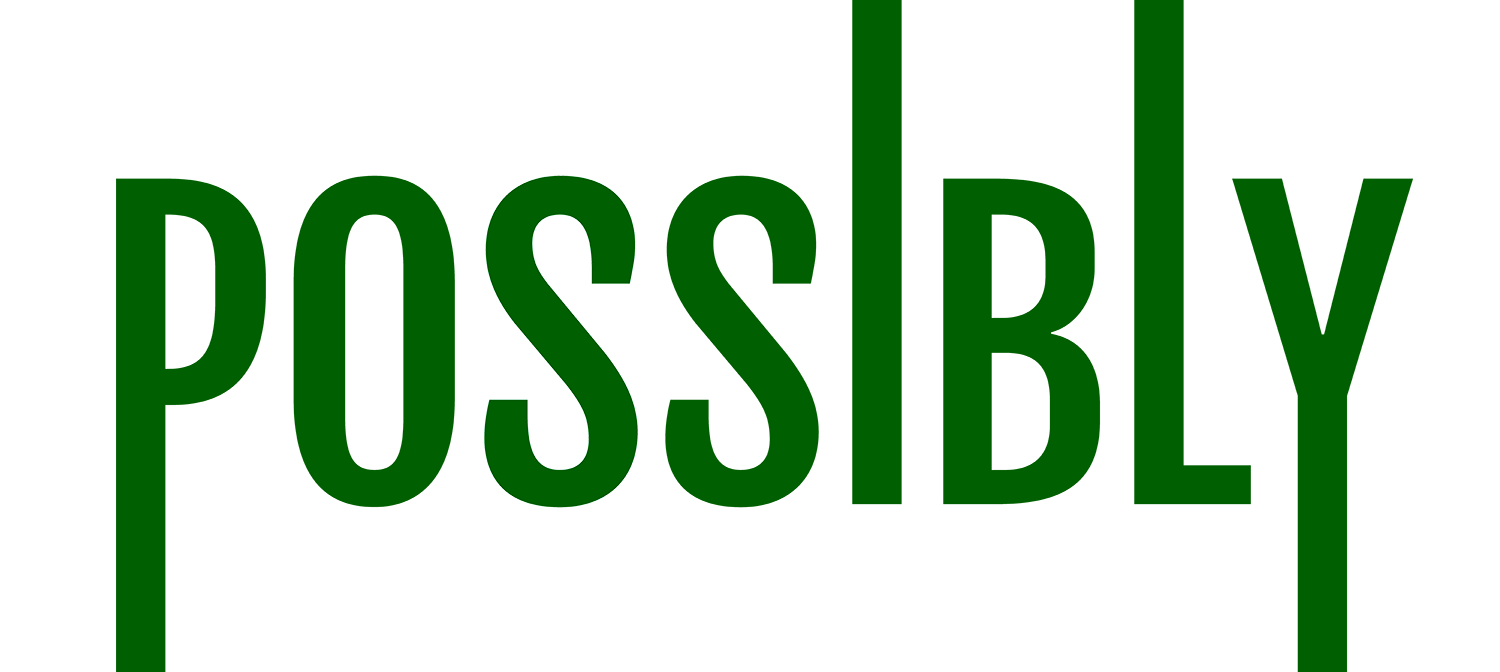
Megan Hall: Welcome to Possibly, where we take on huge problems like the future of our planet and break them down into small questions with unexpected answers. I’m Megan Hall.
Today, we have a question from one of own reporters, Kolya Shields. What do you have for us, today, Kolya?
Kolya Shields: Well, last year I worked with the Providence Stormwater Innovation center. My job was to track flooding across the city. Which made me wonder: why are we seeing more of these floods? And what is Providence doing to prevent them?
Hall: What did you find out?
Shields: Let’s talk about where flooding comes from. One of the big culprits is something called stormwater run-off.
Hall: What exactly does that mean?
Shields: To answer that question, I went to Roger Williams Park to speak with my boss from last year.
Ryan Kopp: “My name is Ryan Kopp.”
Shields: He describes runoff as…
Kopp: “Any water that falls from the sky that isn’t allowed to soak into the ground. So you can think of rooftops, pavement, sidewalks, things like that. And then all that water, collects in the street and flows downhill and eventually makes its way into the closest or nearest water body.”
Shields: All the while, the runoff is picking up toxic stuff from its environment, whether it’s pesticides, pet waste, or litter on the highway.
Hall: That doesn’t sound great, but how is stormwater related to flooding?

Shields: Ryan says climate change is causing more intense storms. But the city’s infrastructure can’t handle all this water.
Kopp: “In this current systems that are in place are not designed for this amount of rainfall and volume during the storm events.”
Shields: Which leads to more flooding, as well as erosion and pollution.
Hall: Is there anything we can do about it?
Shields: One of the best tools for responding to these intense storms is something called green infrastructure. Ryan showed me one of the 34 green infrastructure projects in the park, called an infiltration basin.
Hall: How does it work?
Shields: The basin is basically a way to filter and slowly absorb water. When it rains, water flows down a pile of rocks and cement, down a channel with grass and plants, into a sunken area with paving stones.
Kopp: “Over 24 hours the polluted stormwater is allowed to absorb and soak into the ground, and the soil and the plants naturally filter and absorb and remove much of the contaminants from the stormwater.”
Shields: The Providence parks department is also working on redesigning its spaces so there are fewer hard surfaces like cement and pavement, making it easier for water to be absorbed through the soil instead of flowing across polluted roadways.
Hall: Sounds great for the park! Are there things I can be doing to prevent flooding and pollution?
Shields: Yes! While we need large-scale projects to prevent the flooding in our city, you can also take steps to protect your own property and your neighborhood.
Hall: Like what?
Shields: To get started, you can install a rain barrel that collects stormwater and use that to water your lawn. You can also plant a rain garden with plants that filter water, and reduce the amount of hard surfaces near your house.
Hall: That seems doable.
Shields: Yeah. The bottom line is that the fewer parking lots and other hard surfaces there are, the more soil can help us clean our water before it overruns our sewers and spills into local waterways.
Hall: Awesome! Thanks, Kolya.
That’s it for today. For more information, or to ask a question about the way your choices affect our planet, go to the public’s radio dot org slash possibly. Or subscribe to us wherever you get your podcasts.

Possibly is a co-production of the Institute at Brown for Environment and Society, Brown’s Climate Solutions Initiative, and the Public’s Radio.
The post Why are we seeing more floods in cities? appeared first on TPR: The Public's Radio.
